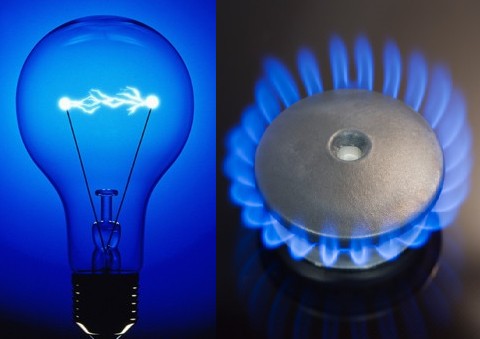Understanding Gas and Electricity: Powering Modern Life
Gas and electricity are essential utilities that form the backbone of our daily lives, powering homes, businesses, and industries worldwide. These energy sources are crucial for lighting, heating, cooking, and running various appliances and devices that make life more convenient and efficient. Understanding the fundamentals of gas and electricity, their sources, uses, and how to optimize consumption can help individuals and businesses make informed decisions while also contributing to environmental sustainability.
What is Gas?
Gas, specifically natural gas, is a fossil fuel composed primarily of methane. It is extracted from underground reservoirs and processed for various uses, including residential, commercial, and industrial applications.
Uses of Natural Gas
- Heating: Natural gas is commonly used for space heating and water heating in residential and commercial settings.
- Cooking: Gas stoves and ovens provide efficient and consistent heat for cooking.
- Electricity Generation: Natural gas is burned in power plants to generate electricity.
- Industrial Applications: It is a key energy source in manufacturing processes, including glassmaking, metal production, and chemical synthesis.
Advantages of Natural Gas
- Cost-effective compared to other energy sources.
- Produces fewer greenhouse gas emissions than coal or oil when burned.
- Readily available and efficient for many applications.
Challenges of Natural Gas
- Extraction and transportation can result in methane leaks, a potent greenhouse gas.
- Finite resource, contributing to long-term sustainability concerns.
What is Electricity?
Electricity is a form of energy resulting from the flow of electric charge, typically generated from various sources such as fossil fuels, nuclear power, or renewable energy (e.g., solar, wind, and hydroelectric power). It is versatile and can power a wide range of devices and systems.
Uses of Electricity
- Lighting: Electric power illuminates homes, streets, and workplaces.
- Appliances: From refrigerators to air conditioners, electricity runs most household and office devices.
- Transportation: Electric vehicles (EVs) are gaining popularity as sustainable alternatives to traditional fuel-powered vehicles.
- Communication and Technology: Electricity powers the internet, computers, and telecommunications.
Advantages of Electricity
- Clean and efficient at the point of use.
- Highly adaptable, powering diverse applications.
- Renewable sources, like solar and wind, offer sustainable options.
Challenges of Electricity
- Generation from fossil fuels contributes to carbon emissions.
- Infrastructure maintenance and upgrades can be costly.
Gas vs. Electricity: A Comparison
| Aspect | Gas | Electricity |
|---|---|---|
| Cost | Generally cheaper for heating. | Higher costs, especially for heating. |
| Efficiency | High for direct heating applications. | Efficient for lighting and electronics. |
| Environmental Impact | Emits less CO₂ than coal or oil but still contributes to greenhouse gases. | Can be clean if generated from renewable sources. |
| Availability | Requires pipelines for distribution. | Widely available through power grids. |
Optimizing Energy Use
To reduce costs and environmental impact, consider the following tips:
For Gas
- Install a programmable thermostat to optimize heating.
- Seal windows and doors to prevent heat loss.
- Upgrade to energy-efficient gas appliances.
For Electricity
- Use energy-efficient LED lighting and appliances.
- Unplug devices when not in use to reduce phantom power consumption.
- Consider renewable energy sources like solar panels.
The Future of Gas and Electricity
With growing concerns about climate change, the energy sector is shifting towards cleaner and more sustainable options. Innovations in renewable energy, energy storage, and smart grids are transforming electricity generation and distribution. Meanwhile, the role of natural gas is evolving, with increasing efforts to reduce methane emissions and develop alternatives like biogas and hydrogen.
Governments and organizations worldwide are investing in energy efficiency and renewable technologies to ensure a sustainable energy future. As consumers, adopting energy-saving habits and supporting green energy initiatives can contribute to this global effort.
Conclusion
Gas and electricity are integral to modern life, powering our homes and industries. While each has unique advantages and challenges, the key to sustainable energy use lies in efficiency and the adoption of cleaner, renewable alternatives. By understanding the role of gas and electricity and making informed choices, we can reduce costs, conserve resources, and protect the environment for future generations.



